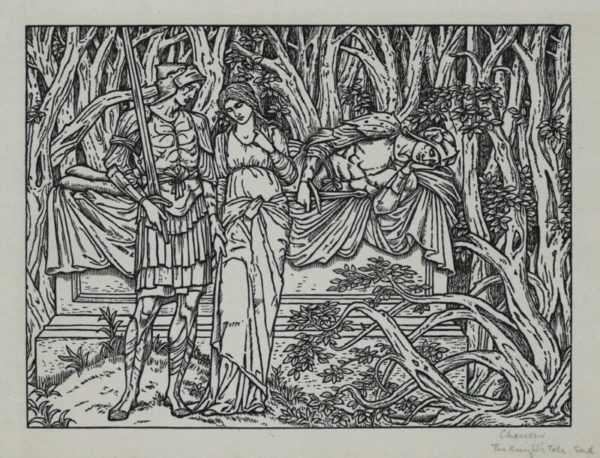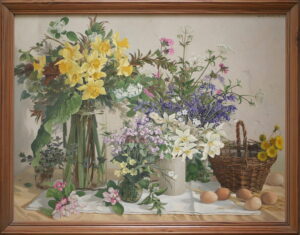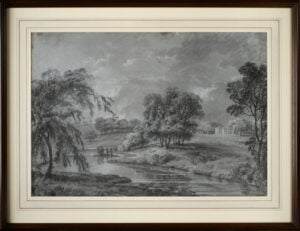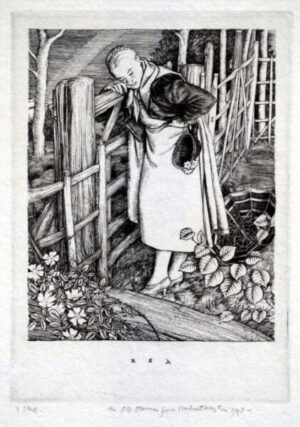Description
William Morris, the 19th-century designer, social reformer and writer, founded the Kelmscott Press towards the end of his life. He wanted to revive the skills of hand printing, which mechanisation had destroyed, and restore the quality achieved by the pioneers of printing in the 15th century.
The magnificent The Works of Geoffrey Chaucer was published in 1896. Its 87 wood-cut illustrations are by Edward Burne-Jones, the celebrated Victorian painter, who was a life-long friend of Morris. The illustrations were engraved by William Harcourt Hooper.
The Kelmscott edition of Geoffrey Chaucer’s The Canterbury Tales set a new benchmark for book design at the end of the 19th century. It was also the last great project of Morris’s life, bringing together two of his passions. First, his love of medieval literature, which inspired the subjects and style of much of his own writing. Second, his socialist philosophy, which looked back to a time before mechanisation and division of labour had destroyed, as he saw it, the personal fulfilment and social function of meaningful work.
The book was exceptional in its ambitious number of illustrations and rich decorative borders. ‘If we live to finish it,’ Burne-Jones wrote, ‘it will be like a pocket cathedral – so full of design and I think Morris the greatest master of ornament in the world.’



